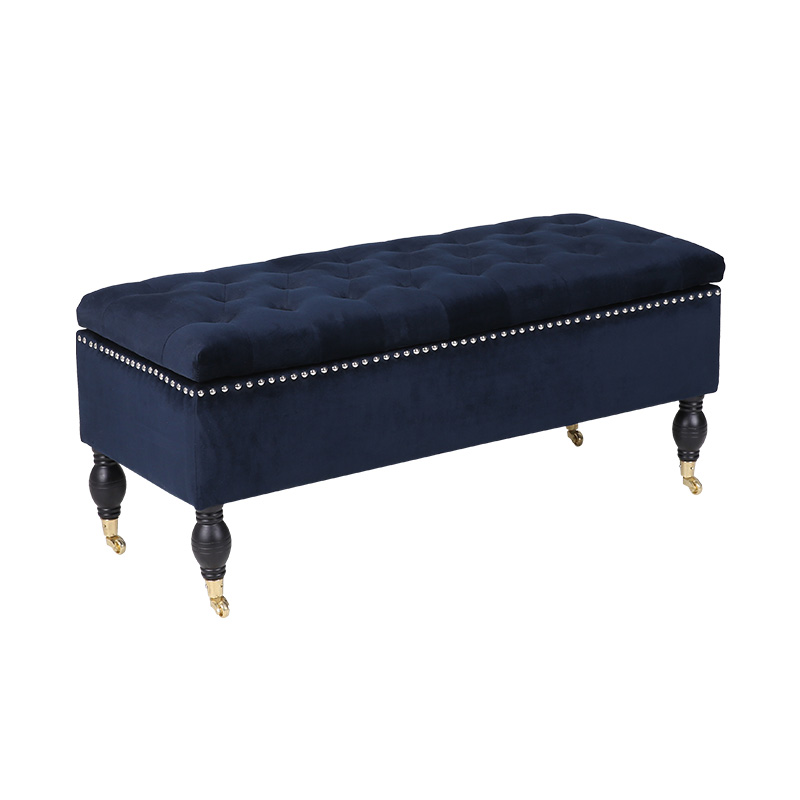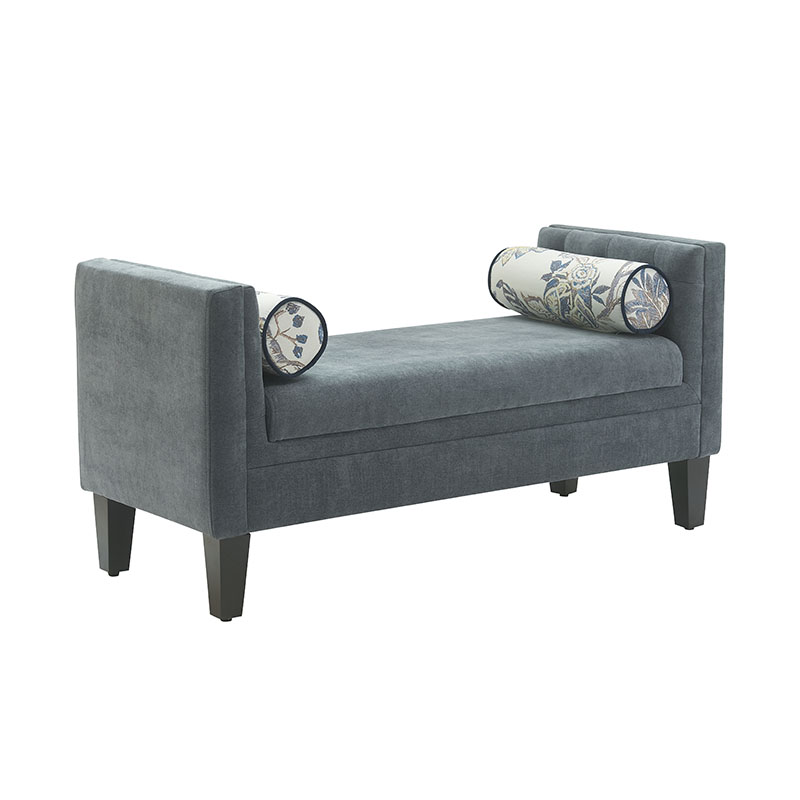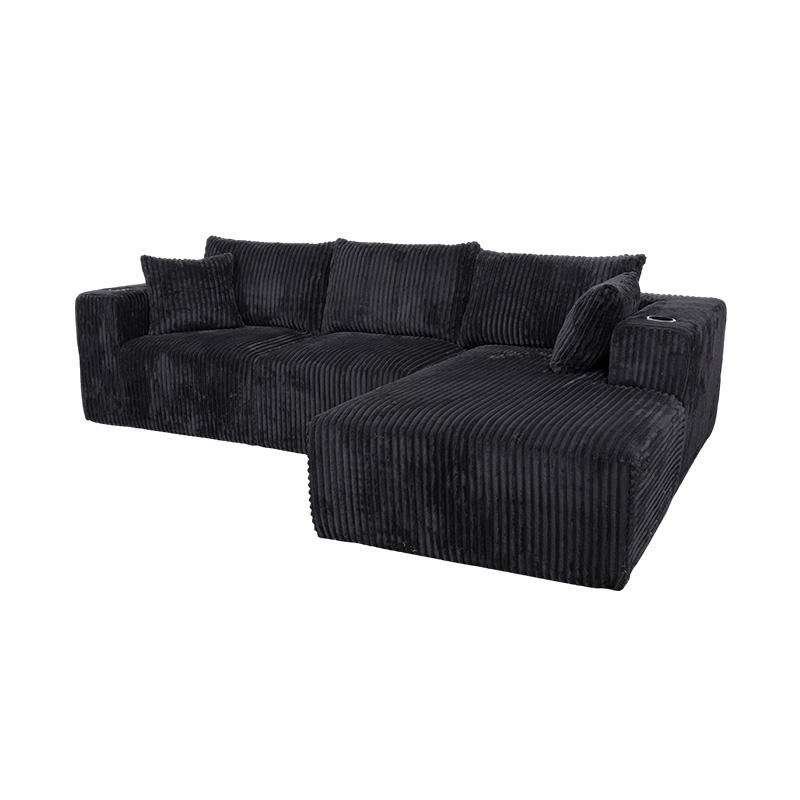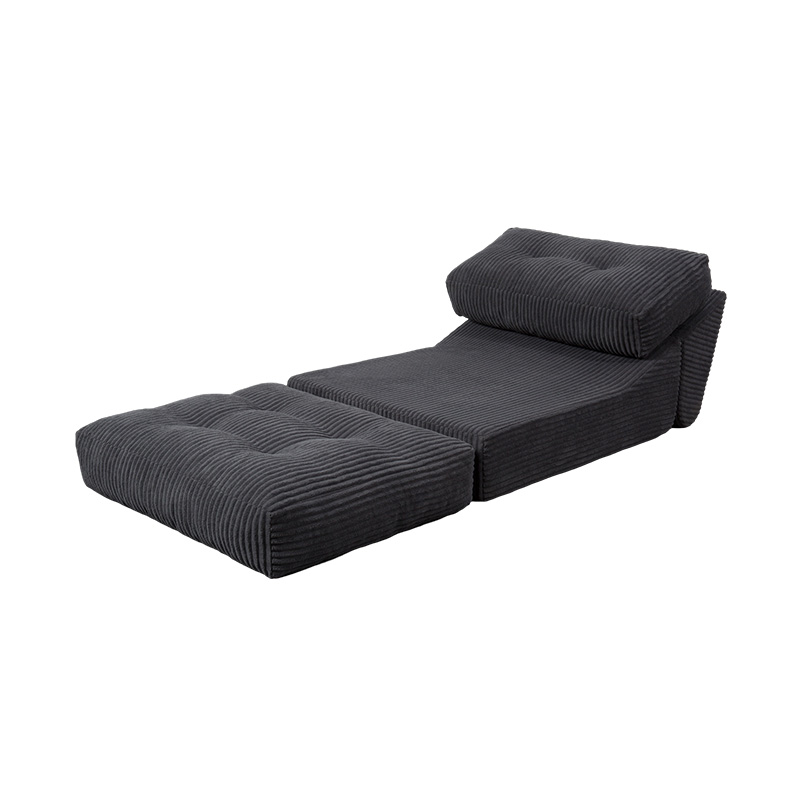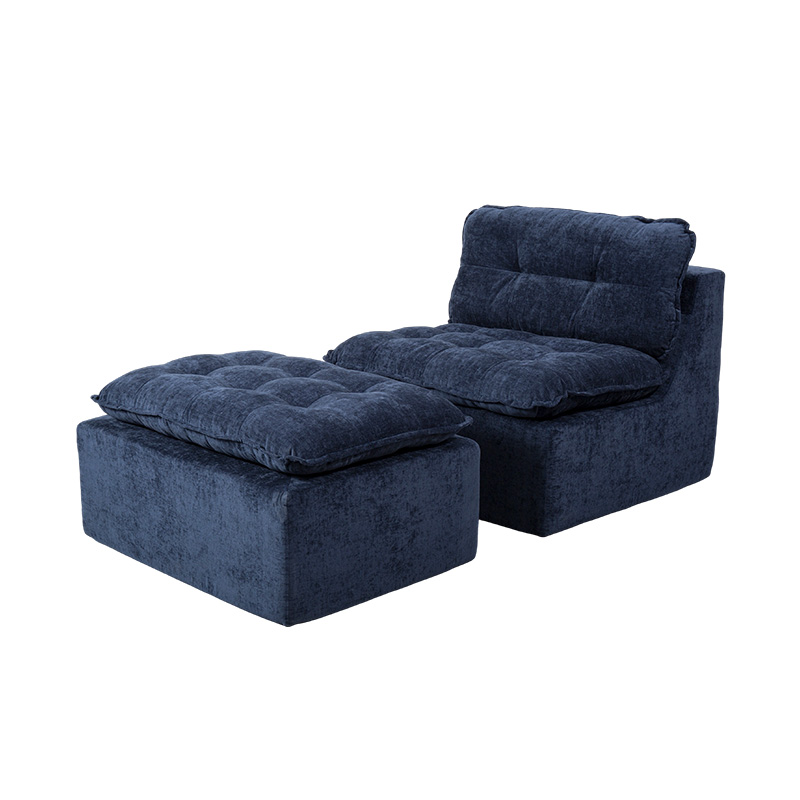A Faux Leather Bench is a stylish and practical addition to any home, office, or commercial space. Its sleek appearance and easy-to-clean surface make it a popular choice for those seeking the elegance of leather without the high maintenance or cost. However, like any furniture, a Faux Leather Bench is not immune to spills, stains, or wear and tear. Knowing how to properly remove stains can extend the life of your bench and keep it looking fresh and attractive.
Understanding Faux Leather
Before diving into cleaning techniques, it’s important to understand what a Faux Leather Bench is made of. Faux leather, also called synthetic leather, is typically constructed from a plastic base coated with a leather-like finish. This material is more resistant to water and staining than genuine leather but still requires careful handling. Abrasive cleaners, harsh chemicals, or excessive scrubbing can damage the finish, causing cracks or fading. Understanding the material helps in choosing the safest cleaning methods.
Common Types of Stains on a Faux Leather Bench
A Faux Leather Bench can encounter a variety of stains, including:
- Food and Beverage Spills: Coffee, wine, sauces, or greasy snacks.
- Ink Marks: From pens, markers, or printer ink.
- Pet Stains: Urine, dirt, or hair from pets.
- Oil and Makeup: Lotion, oils, and cosmetics.
- Water Spots: Accidental spills or condensation from cups.
Different stains require different approaches, so identifying the type of stain is the first step toward effective cleaning.
General Cleaning Guidelines
Before tackling specific stains, follow these general guidelines:
- Act Quickly: The sooner you address a stain, the easier it will be to remove. Fresh stains are much less likely to leave a permanent mark.
- Test Cleaning Solutions: Always test any cleaning solution on a small, inconspicuous area first to ensure it does not discolor or damage the faux leather.
- Use Soft Materials: Avoid abrasive brushes or rough cloths. Soft microfiber cloths, sponges, or cotton pads are ideal.
- Avoid Excessive Water: While faux leather is more water-resistant than real leather, soaking the material can cause it to warp or the finish to peel.
Cleaning Specific Stains
1. Food and Beverage Stains
For fresh spills like coffee, juice, or sauces:
- Blot the spill immediately with a dry cloth to absorb excess liquid.
- Mix a few drops of mild dish soap with warm water. Dampen a cloth with this solution and gently wipe the stain.
- Rinse the cloth with clean water, wring it out, and wipe the area again to remove soap residue.
- Dry the bench with a soft towel.
2. Ink Stains
Ink can be more challenging but can often be removed with household items:
- Dab (do not rub) the stain with a cotton ball or cloth lightly moistened with rubbing alcohol.
- Blot the area gently until the ink lifts.
- Wipe with a damp cloth afterward to remove any alcohol residue.
3. Pet Stains
Pet stains can be both unsightly and odorous:
- Blot the stain immediately with paper towels.
- Use a mixture of equal parts water and white vinegar. Apply with a cloth and gently dab the stain.
- Rinse lightly with a damp cloth and dry thoroughly.
- For lingering odors, sprinkle a small amount of baking soda on the area, leave for a few hours, then vacuum it up.
4. Oil or Makeup Stains
Greasy or oily substances require a slightly different approach:
- Sprinkle a small amount of cornstarch or talcum powder on the stain to absorb excess oil. Leave it for 15–20 minutes.
- Wipe away the powder gently.
- Clean the area with a mild soap-and-water solution and dry with a soft cloth.
5. Water Spots
Water spots can leave rings or marks on faux leather:
- Dampen a soft cloth with warm water and gently wipe the affected area.
- Allow it to air dry completely.
- If the mark persists, gently buff with a small amount of mineral oil or a faux leather conditioner.
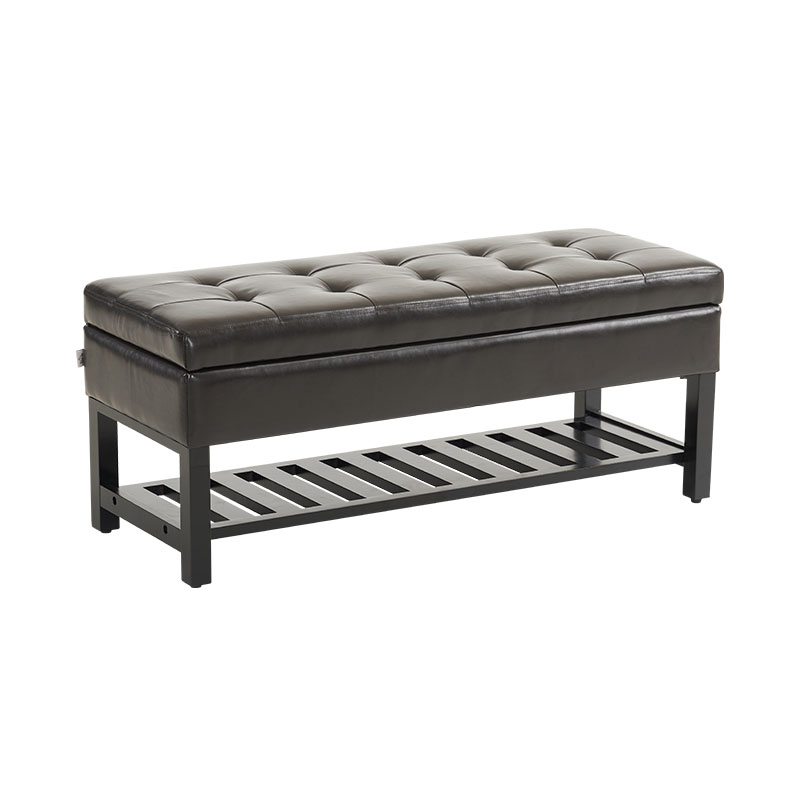
Preventive Measures
Prevention is always better than cure. To minimize stains and maintain your Faux Leather Bench:
- Use Covers or Throws: Placing a decorative cover or throw over the bench can protect it from spills and dirt.
- Clean Regularly: Wipe down the bench with a damp cloth every few weeks to remove dust and dirt.
- Avoid Direct Sunlight: Prolonged exposure can fade faux leather. Position your bench away from windows or use blinds.
- Limit Harsh Chemicals: Avoid using bleach, strong detergents, or solvents that can damage the finish.
Maintaining Your Faux Leather Bench
Beyond stain removal, regular maintenance ensures longevity:
- Conditioning: While faux leather does not require conditioning as frequently as real leather, using a faux leather conditioner occasionally can prevent cracks and maintain flexibility.
- Inspect for Damage: Check seams and edges for peeling or cracking. Addressing minor damage early prevents it from worsening.
- Avoid Sharp Objects: Keep keys, scissors, and pets’ claws away from the surface to prevent scratches.
When to Seek Professional Help
Some stains or damage may be beyond home remedies, including:
- Deep-set ink stains that do not respond to mild solvents
- Extensive oil or grease stains
- Peeling or cracking on large sections of the bench
In these cases, contacting a professional cleaner who specializes in faux leather is the safest approach to restore your bench without further damage.
Conclusion
A Faux Leather Bench is a versatile, stylish, and practical piece of furniture, but like any item, it requires care to maintain its appearance. Removing stains promptly, using gentle cleaning methods, and implementing preventive measures can keep your bench looking new for years. By understanding the types of stains, applying the correct cleaning techniques, and maintaining the faux leather surface, you can enjoy both the beauty and functionality of your bench without worry. With proper care, your Faux Leather Bench will remain a comfortable, elegant, and stain-free seating solution in your home or office.

 0
0


